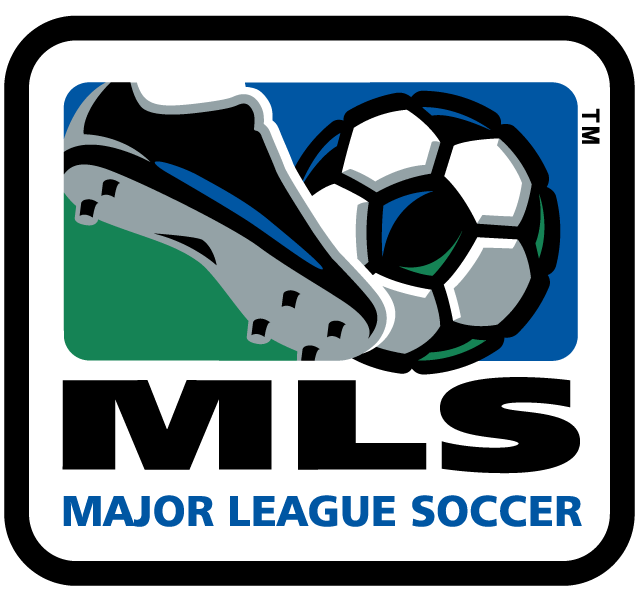The Houston
Dynamo and the LA Galaxy will be squaring off next week in the finale of the 17th
season of Major League Soccer - but you probably didn’t know that. Major League soccer, this year, had the 3rd
highest attendance average of the major US sports, only behind the NFL and MLB –
but you probably didn’t know that either.
An MLS match is a great atmosphere in the Stadium and a very good
product on the field – but unless you live in an MLS city you probably didn’t
know that either. MLS had a rocky
beginning, and that was to be expected, but you probably haven’t noticed that
Major League Soccer has found their niche, they are expanding, and their
product gets better every year.
In a plan to
ride the coattails of the 1994 World Cup the inaugural season of the MLS was 1996.
They began with 10 teams. As
those of us who have followed American soccer for a long time knew would
inevitably happen, the beginning years of the MLS were plagued with bad
decisions. Teams played in enormous,
partially filled stadiums. In an attempt
to appeal to the American sports fan they concocted a wacky shootout system to
conclude every tie match, apparently believing that ties, though the rest of
the world accepts them as part of the game, are un-American. The commentators were no good, the experience
was lame, and the players tried their best.
They put one of their founding teams in one of the 5 worst sports town
in America, Tampa Bay, for a league that plays a summer schedule. They expanded two years later to one of the 5
worst sports town in America, Miami, for a league that plays a summer
schedule.
That was
then.
The MLS
currently has 19 teams, with an expansion to put a 2nd team in New
York City in the works. Fourteen of
those 19 teams play in soccer specific stadiums, most of them intimate venues
with capacities around 20,000. The
recent round of expansions have tapped into some of the best sports towns in
America - Salt Lake City, Portland, Seattle, Philly – and are capitalizing on
the Canadian love of soccer as well – Vancouver, Toronto, and Montreal. The atmosphere in the Northwest rivals that
of European clubs.
And speaking
of other soccer leagues, the product on the pitch is fantastic. High profile European defectors like Beckham
and Henry, though they move the media needle, are not the main reason for the
quality on the pitch. World class
internationals from smaller western hemisphere nations, homegrown talent, and a
handful of big name Europeans have combined to produce a great product – don’t
let any snobby yet uninformed sports fan tell you otherwise.
This is now.
The
attendance numbers are impressive. MLS has
surpassed both the NHL and the NBA in per game attendance averages
(18,807). The league broke the 6 million
fan barrier in 2012. To put that into
perspective, they broke the 5 million barrier in 2011 and 4 million in 2010. Granted, expansion has a lot to do with those
numbers but that is eye catching growth no matter what the reason behind
it.
This year they
began a new TV contract with NBC sports, and as we all know it is the TV
contracts that drive American sports (and American Universities as is evidenced
by the conference shakeups of recent years).
If they can figure out the TV piece of the equation (side note: even the commentators are exponentially
better now), that will be the key to marketing the game outside of MLS
cities.
You may not
have noticed that the MLS is a great product.
Maybe you, like me, don’t have the pleasure of living in an MLS
city. Here is some sports advice that
you will thank me for later – get on the MLS bandwagon. You will be glad you did.



No comments:
Post a Comment